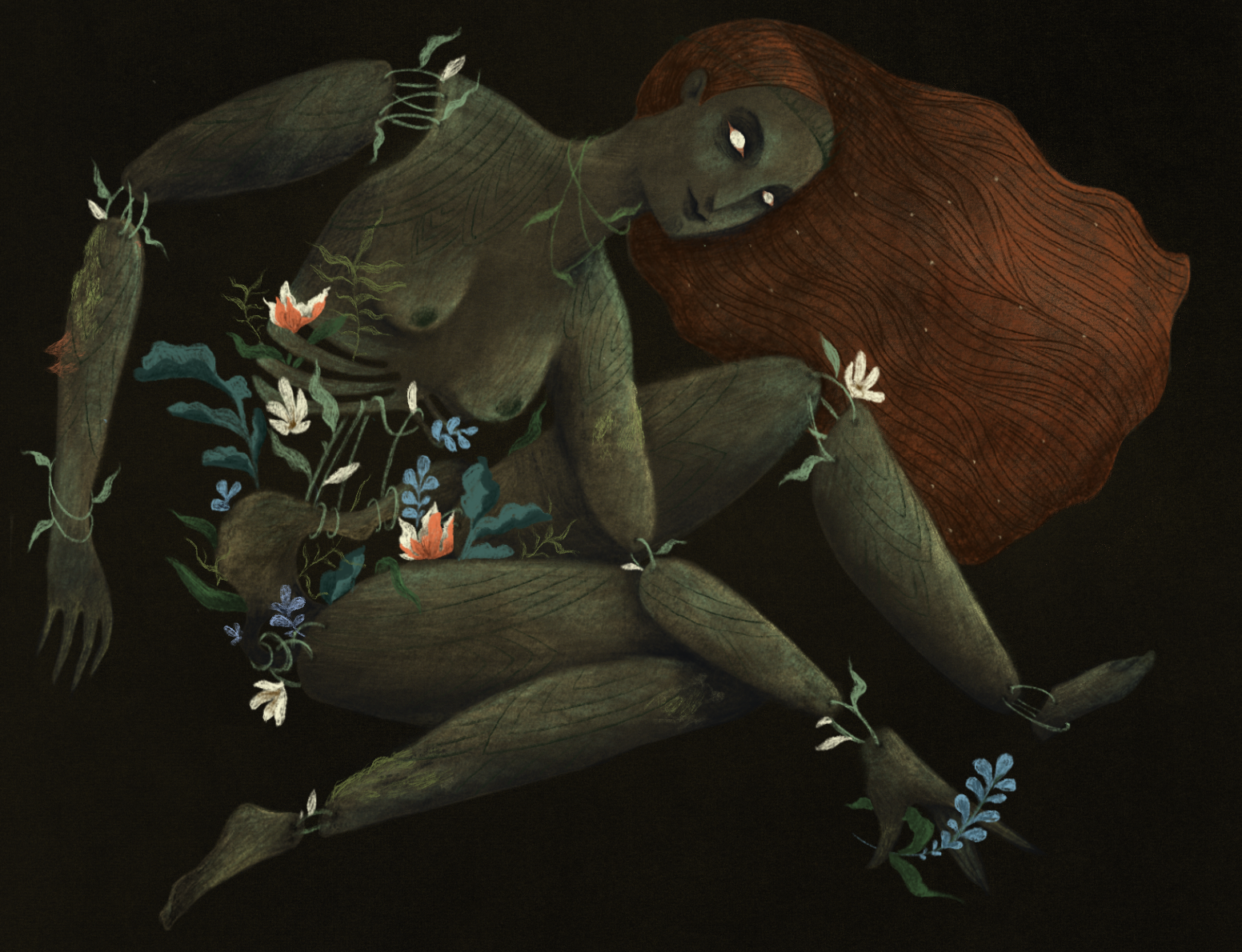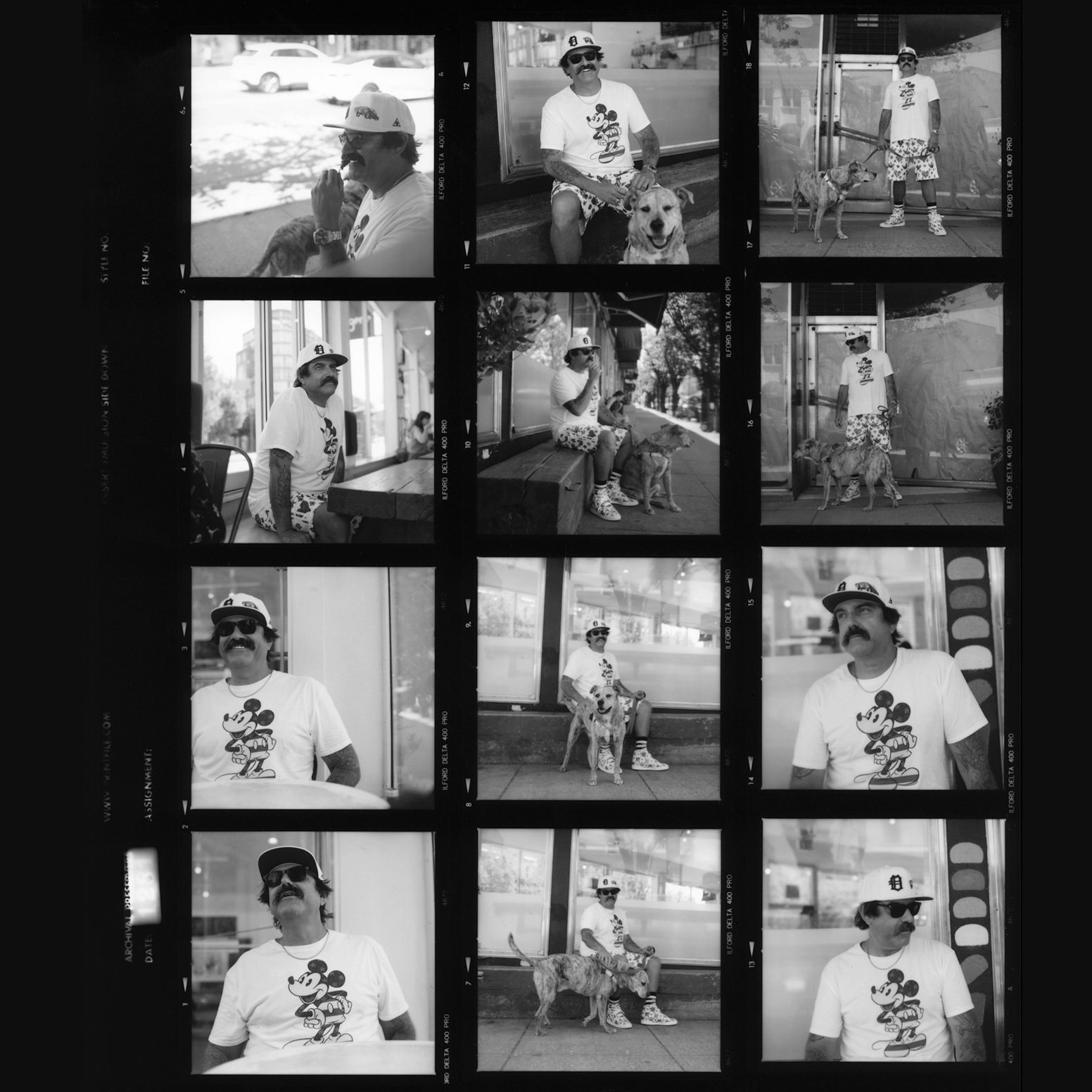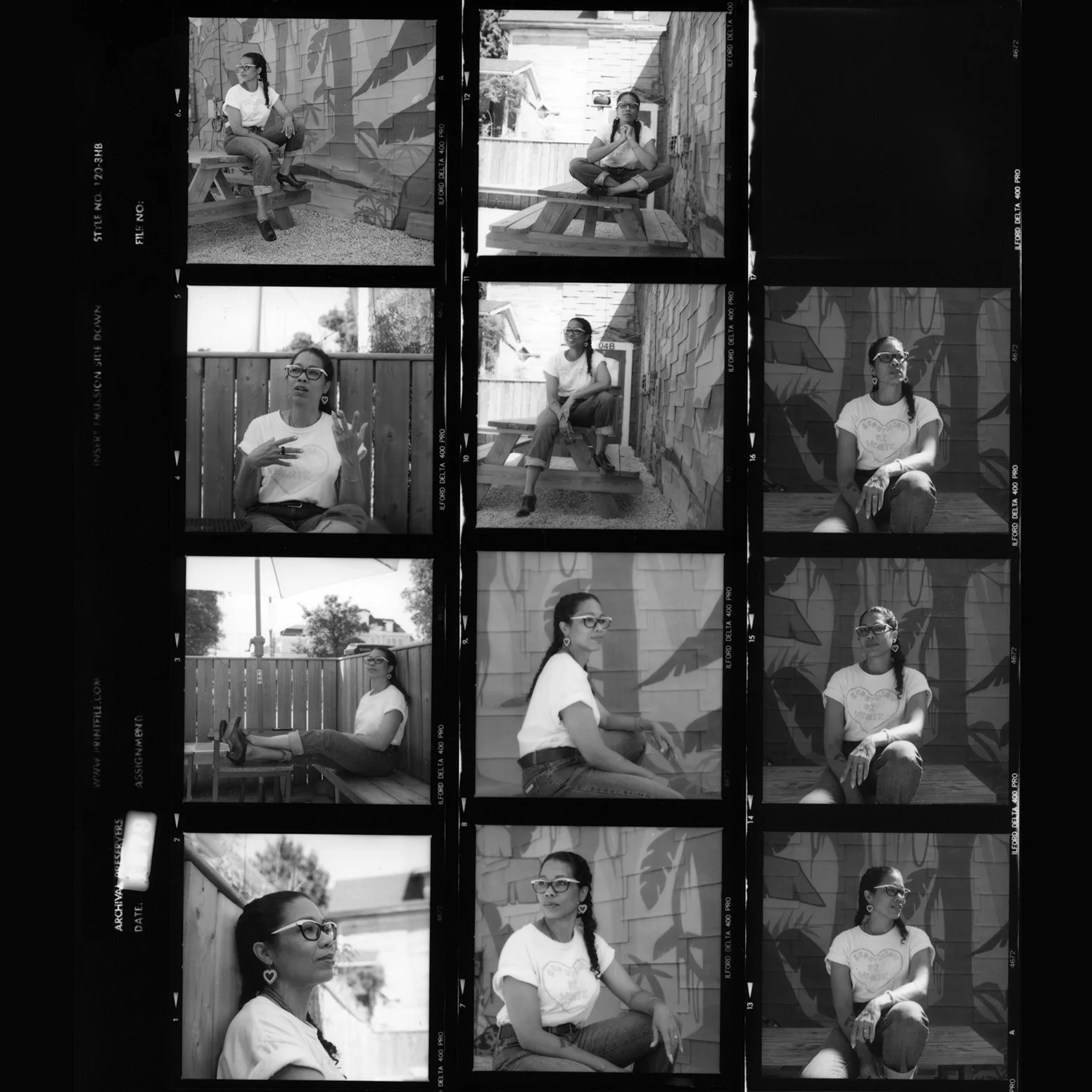You won’t solve the problem with an air freshener at grunt gallery
/Entering grunt gallery during a late October evening, crowds of people fitted like puzzle pieces amongst the pixelated images that surrounded them. It was the white cube gallery space where Dominique Pétrin improvised her installation for her solo exhibition, You won’t solve the problem with an air freshener. The installation was curated by Vanessa Kwan at grunt gallery, and was on view from October 27 to December 9. Pétrin's exhibition covers the once blank space with silkscreen prints of various "millennial" imagery.
You won't solve the problem with an air freshener (2017), image courtesy of grunt gallery
Pétrin’s interest in the arts does not have an succinct point of origin. From a phone interview with the artist, Pétrin stated that for her, she never "got started" in art, rather, she has just “always been doing it.” But as her practice grew more focused throughout the years, she cited her experience as a performing artist in her group band, Les Georges Leningrad, as informing her visual work. According to Pétrin, she considered herself “more of a performer than a musician.” In her current practice, Pétrin derives much of her influence from her previous musical years, as the notion of the performance itself informs her work in terms of the human capacity: to go over her physical limitations and the achievements of the body. During a performance, Pétrin would make a connection between the “pop culture garbage,” as she states, and the body: as a performer situated in the centre of the drifting sounds and the collaging of elements, patterns, tensions, and imagery, there is an absorption of information. Through this absorption, how can we then make out the processes of the world around us?
You won't solve the problem with an air freshener (2017), image courtesy of grunt gallery
Her installation work, You won’t solve the problem with an air freshener, is based on a laborious time-based practice. Despite the fast-paced "millennial" imagery on the installation, such as iPhones, the process Dominique engages is one of endless print-making and pasting. The aesthetic of the exhibition and its parts is rooted in real architectural feats. There is the craft work of laying out meticulous and unique patterns and colours that can relay information to a visitor inhabiting the space: some may get dizzy and need a break, others use the space for social media sharing where they may expand and reiterate these images once again into the digital realm. During our conversation, Pétrin ruminated on her influences being from both analogue and digital: “I think it is connected to my age and generation where we really experience a transition from analogue to digital.” Pétrin was part of the generation that did not necessarily grow up with the internet, rather she witnessed as a teenager the coming of the internet. Laughingly recalling, Pétrin further explained to me: “Part of me is from the old world and [part from] the new world. I can see a movie and joke with my friends that this movie is so old world, and that another is so new world.” We can see how this perspective translates into her installation work with the low-resolution imagery.
There is a continued improvement into the sector of high definition vision, but Pétrin returns to the humble beginnings of devices that relied on heavily pixelated images. What is a Hi-Def object: is it an object designed with craftsmanship? Is it supposed to change our perception of the world or imitate it? How is it different from viewing a Youtube video to viewing a movie on a flat screen? There is a diversity of resolution of vision that becomes a disconnecting form of nature and things, and artists such as Pétrin find a tension when negotiating these concepts in their artwork: perception is quickly developing and changing since the internet was introduced.
You won't solve the problem with an air freshener (2017), image courtesy of grunt gallery
In her site-specific installation, Pétrin was able to confirm certain practices and considerations. Despite the technical and performative labour of the installation, it was also a performative in nature, being based on improvisation as the process of installation demanded Pétrin to be both sharp and aware that any small decision will inevitably limit the choices she can make next—and she can never go back. Paper laid, paper played. She collages various fast-paced capitalist detritus, loosely mapping out how she will elaborate on these images in her head. Once Pétrin begins pasting her prints onto the empty, blank screen of the gallery space walls and floor, she knows there is no “go back” button.
A trace of this exhibition is left in a permanent installation Pétrin created particularly for the gallery. Now, whenever a visitor visits the gallery, they will be surprised to see Pétrin’s print installation covering the walls of the washrooms. Surrounded by such imagery, a visitor is encouraged into an unlikely participation by reaffirming selfie culture in a private space. One can only conclude that following the manner in which Pétrin manipulates and transforms a space, as well as her continuous conceptual development, is what makes her artistic practice fascinating and worth following.




















